News Beat
News Beat reporting is an idrw.org initiative to let our Readers to report News Based on Actual facts but some how has not been reported in Main Stream Media .
SOURCE: RAUNAK KUNDE / NEWS BEAT / IDRW.ORG
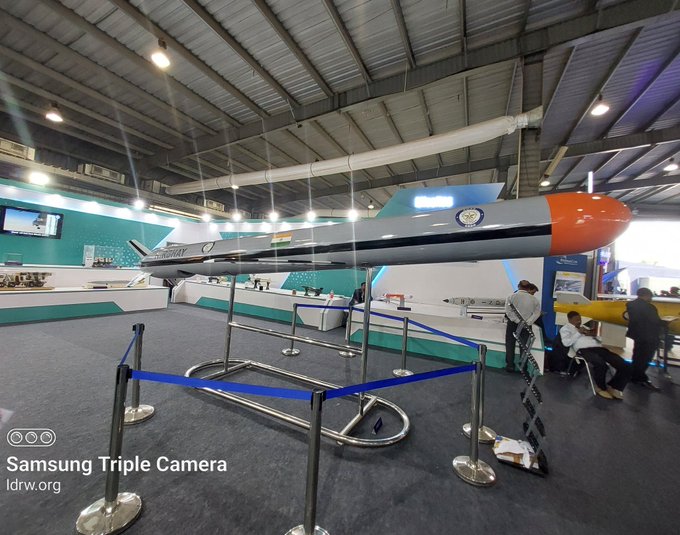
India’s Defence Research and Development Organisation (DRDO) has achieved a significant milestone in its cruise missile program with the successful development of the Manik engine. This small turbofan engine, produced by the Gas Turbine Research Establishment (GTRE), is a key element that was missing for the indigenous development of low-cost subsonic cruise missiles.
The Manik engine, with a thrust of 4.5 kN, has undergone extensive testing and is nearing the end of its development phase. This paves the way for mass production, which is expected to last for the next 20 years or so.
Continue readingSOURCE: RAUNAK KUNDE / NEWS BEAT / IDRW.ORG
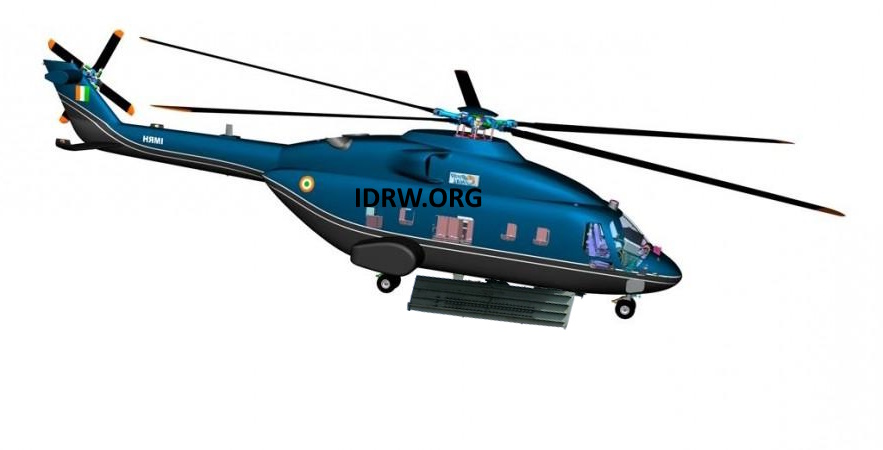
The Indian Navy’s quest for enhancing its airborne early warning and control capabilities has taken a significant turn, with a shift towards exploring indigenous solutions in light of recent developments and strategic imperatives. The cancellation of plans to procure additional Ka-31 helicopters, coupled with the unfeasibility of procuring US-built E-2 Hawkeye aircraft, has prompted a reevaluation of the Navy’s approach to fulfilling its vital need for extended radar coverage.
In 2019, the Indian Navy opted to cancel plans to acquire an additional 10 Ka-31 helicopters, despite having procured nine of these helicopters earlier, with four acquired in 1999 and an additional five in 2001. Originally intended to support the country’s second aircraft carrier, INS Vikrant, the decision to halt procurement reflects shifting priorities and considerations within the naval establishment.
Continue readingSOURCE: RAUNAK KUNDE / NEWS BEAT / IDRW.ORG

The Defence Research and Development Organisation (DRDO) has shed light on its Long Range Radar (LRR) system, a significant development in India’s missile defense capabilities. This news comes on the heels of previous tenders hinting at the LRR’s development, and the DRDO’s official details offer a glimpse into this cutting-edge technology.
The DRDO has confirmed that major subsystems of the LRR have already been successfully developed. A crucial stage is currently underway – the stage-wise assembly of the Active Array Antenna Unit (AAAU). The AAAU is the heart of the AESA radar, responsible for transmitting and receiving radar signals. Its successful assembly signifies a significant milestone in the project’s timeline.
Continue readingSOURCE: RAUNAK KUNDE / NEWS BEAT / IDRW.ORG
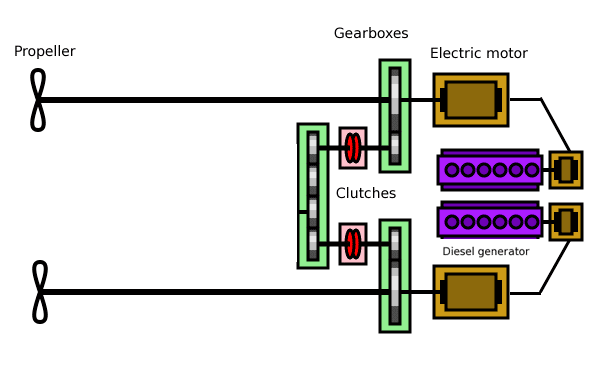
In a significant move towards enhancing naval capabilities, the governments of India and the United Kingdom are in discussions to develop an electric propulsion system for Indian warships. This initiative marks a pivotal moment in India’s quest for technological advancement in maritime warfare.
Presently, Indian warships rely on traditional propulsion systems such as diesel engines, gas turbines, or steam turbines. However, the potential introduction of electric propulsion represents a paradigm shift in naval engineering. Electric propulsion systems offer numerous advantages, including increased efficiency, reduced emissions, quieter operation, and enhanced manoeuvrability.
Continue readingSOURCE: RAUNAK KUNDE / NEWS BEAT / IDRW.ORG
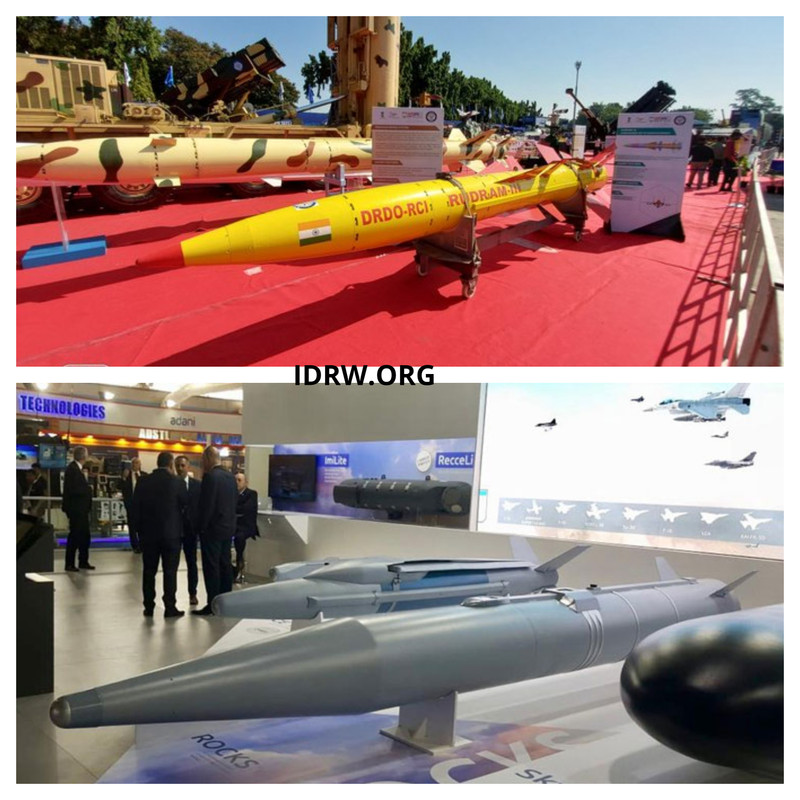
India is exploring the local manufacture of the Long Range Stand-Off Weapon System (ROCKS), also known as Crystal Maze-2, an air-launched rocket system. This move has sparked questions as India already possesses the Rudram-2 and Rudram-3 missiles.
Indian Air Force (IAF) officials speaking to idrw.org have clarified the reasoning behind pursuing both missile systems. They categorize Rudram-2 and Rudram-3 as air-launched ballistic missiles (ALBM) with a superior range of 300-500 km. These high-speed missiles (Mach 5+) are designed to destroy high-value targets like enemy radars, surface-to-air missile batteries, runways, command bunkers, and air hangars from a safe distance, minimizing risk to the launching aircraft.
Continue readingSOURCE: RAUNAK KUNDE / NEWS BEAT / IDRW.ORG
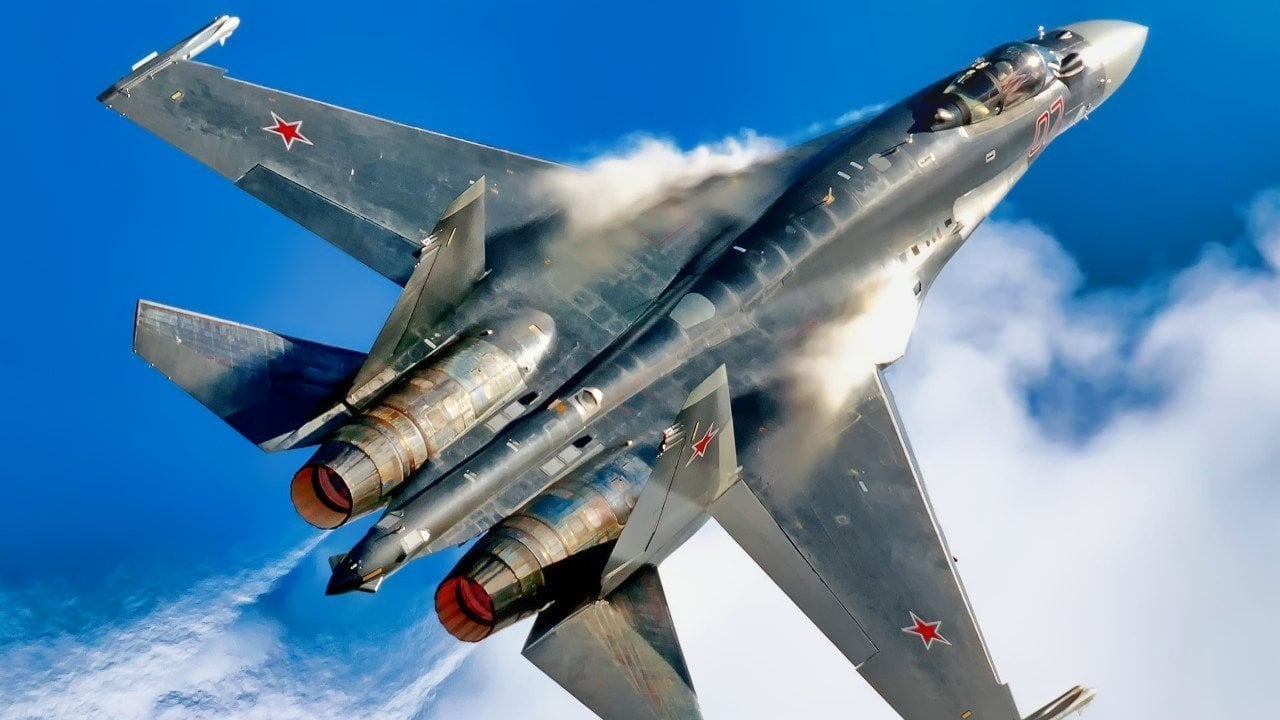
In the realm of modern military aviation, the Su-35 stands as a pinnacle of technological prowess and combat capability. As the Director of the Gagarin Aviation Plant in Komsomolsk-on-Amur proudly asserts, this formidable aircraft, part of the United Aircraft Corporation within the state tech giant Rostec, is poised to impress India as it vies for the nation’s MRFA tender for 114 jets.
With a maximum take-off weight of 34.5 metric tons and a blistering top speed of 2,500 km/h, the Su-35 embodies speed, agility, and power. Its operational range of 1,500-4,500 km and service ceiling of 20,000 meters ensure versatility and adaptability across a spectrum of mission profiles.
Continue readingSOURCE: RAUNAK KUNDE / NEWS BEAT / IDRW.ORG
The Indian Army and Strategic Forces Command (SFC) are planning a complete phase-out of the Prithvi-1 and Prithvi-2 short-range ballistic missiles (SRBMs) by 2030. This move signifies India’s commitment to modernizing its missile arsenal and deploying next-generation solutions.
The Prithvi-I, inducted in 1996, served as India’s first indigenously developed short-range ballistic missile. With a range of 150 kilometers, it played a crucial role in bolstering India’s early missile capabilities. Production of the Prithvi-I was discontinued shortly after its induction, with only a limited number stockpiled. Due to its reliance on less readily available liquid fuel and lower accuracy compared to modern alternatives, the Prithvi-I was quietly phased out.
Continue readingSOURCE: RAUNAK KUNDE / NEWS BEAT / IDRW.ORG
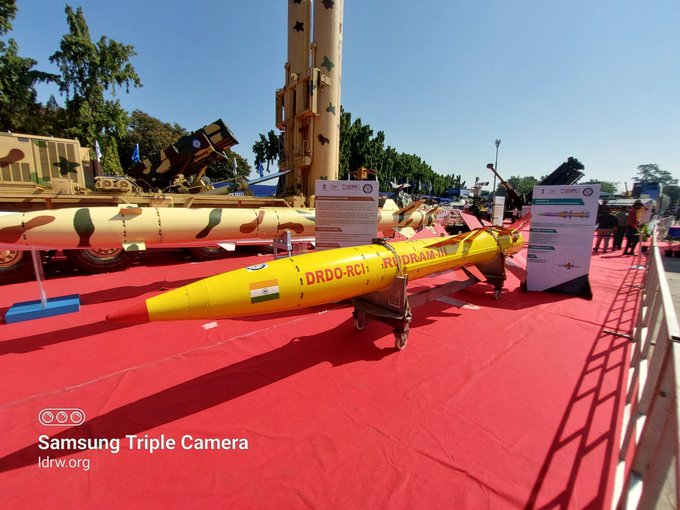
The Defence Research and Development Organisation (DRDO) has issued a fresh tender signalling the imminent integration of the RudraM-III missile onto Su-30 MKI aircraft. This integration project will focus on non-UMC (Unified Manufacturing Contract) Su-30 MKI variants, as specified in the tender documents.
The RudraM-III, an indigenously developed hypersonic anti-radiation missile, boasts an impressive range of 550 kilometers and speeds exceeding Mach 5. This weapon system significantly enhances the IAF’s offensive capabilities, allowing for long-range strikes against enemy radar installations and other critical infrastructure.
Continue readingSOURCE: RAUNAK KUNDE / NEWS BEAT / IDRW.ORG
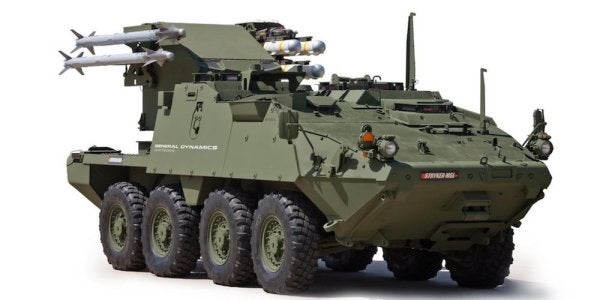
The Indian Army is charting a course for enhanced armoured mobility, with plans to induct both locally produced Stryker Infantry Combat Vehicles (ICVs) co-developed with the United States and indigenously designed ICVs from DRDO.
The Indian Army is looking to integrate American expertise into its ICV fleet through a collaborative project. The plan involves the development and production of a limited number (around 100 initially, with potential for further orders up to 300) of Stryker ICVs specifically designed for Indian requirements.
Continue readingSOURCE: RAUNAK KUNDE / NEWS BEAT / IDRW.ORG
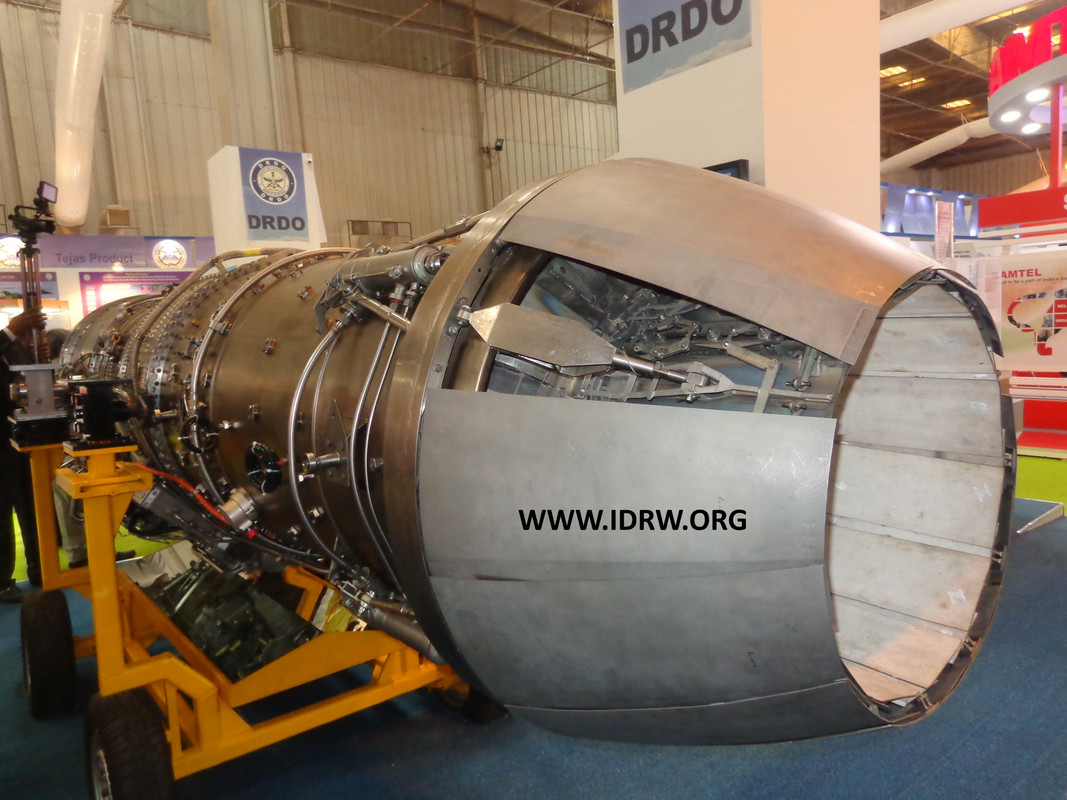
India’s Defense Research and Development Organization (DRDO) is reportedly making significant progress on a new 91kN thrust engine derived from the Kaveri engine program. This news comes from sources familiar with the program speaking to idrw.org.
The current Dry Kaveri engine generates 46kN of thrust. DRDO’s plan involves mating it with a new afterburner section, boosting output to 73kN. This modified engine will first be certified for use in older LCA-Tejas LSP variants before integration into the RPSA (Ghatak UCAV) program.
Continue readingSOURCE: RAUNAK KUNDE / NEWS BEAT / IDRW.ORG

As the global aerospace arena witnesses a race towards the development of sixth-generation fighter jets, India’s strategic focus takes a unique turn with the recent approval for the development of fifth-generation Advanced Medium Combat Aircraft (AMCA) by the Indian Air Force (IAF). While some may perceive this decision as a step behind the curve, senior officials within the IAF argue otherwise, shedding light on the pragmatic approach guiding India’s aerospace ambitions.
In an exclusive interview with idrw.org, a senior IAF official, speaking on condition of anonymity, underscored the rationale behind India’s decision to prioritize the development of fifth-generation AMCA over leaping directly to sixth-generation platforms. Contrary to conventional wisdom, the official emphasized that such a leap would entail exorbitant costs and substantial technological challenges, potentially outweighing the benefits.
Continue readingSOURCE: RAUNAK KUNDE / NEWS BEAT / IDRW.ORG
The Indian Air Force (IAF) is set to receive a significant boost to its combat capabilities with the planned acquisition of 12 new Su-30 MKI fighter jets. This move comes in response to the need to replace aircraft lost in previous incidents.
In September 2023, the IAF issued a tender to Hindustan Aeronautics Limited (HAL), India’s state-owned aerospace and defence company. This deal signifies a potential continuation of the collaboration between India and Russia for the Su-30 MKI program.
Continue readingSOURCE: RAUNAK KUNDE / NEWS BEAT / IDRW.ORG

The Indian Army is poised for a significant modernization leap with the development of Future Combat Vehicles (FRCVs). These next-generation tanks are slated to replace the ageing fleet of Soviet-era T-72 Main Battle Tanks, significantly bolstering India’s ground forces.
The current T-72 tanks, while serving the nation for over four decades, have reached the end of their operational lifespan. The FRCV program aims to address this critical gap by introducing technologically advanced tanks. The project is estimated to be worth a staggering Rs 57,000 crore.
Continue readingSOURCE: RAUNAK KUNDE / NEWS BEAT / IDRW.ORG
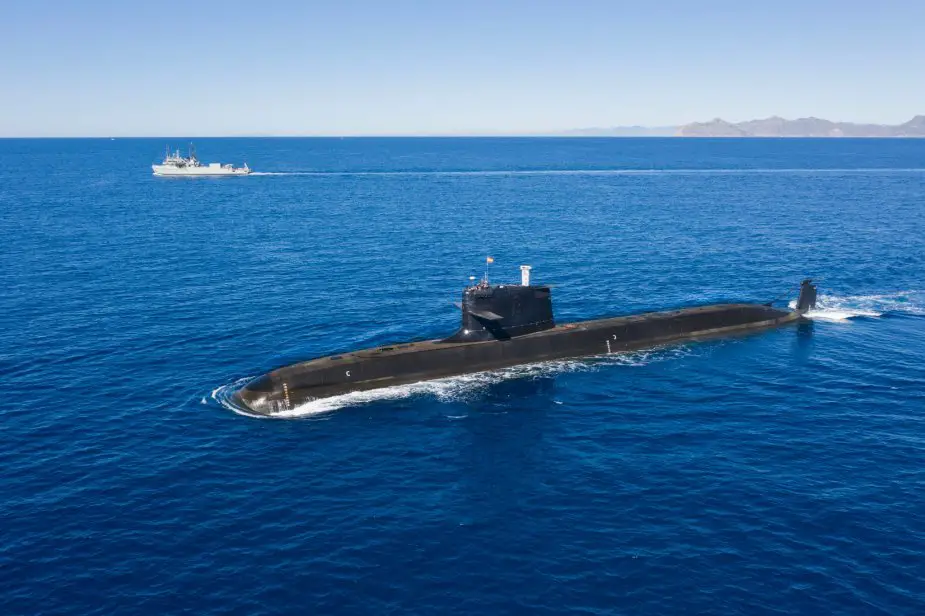
India’s quest for new submarines might hit a snag as the Navy officals are concerned over the extensive American technology integrated into the S-80 Plus submarines offered by Spanish shipyard Navantia. This comes under Project-75I, a tender seeking six new submarines for the Indian Navy.
Sources familiar with the discussions revealed to idrw.org that the Navy’s apprehension stems from the potential incompatibility between American technology and the promised Transfer of Technology (ToT) for the S-80 Plus.
Continue readingSOURCE: RAUNAK KUNDE / NEWS BEAT / IDRW.ORG

The Indian Army is gearing up for a technological leap in its logistics capabilities. By 2027, they aim to phase out mules and replace them with Robotic Mules This project signifies a significant shift towards automation and modernization in high-altitude transportation.
The Indian Army is seeking the expertise of private companies to develop these Robotic Mules. This initiative fosters collaboration between the public and private sectors, leveraging cutting-edge technology for military applications.
Continue reading